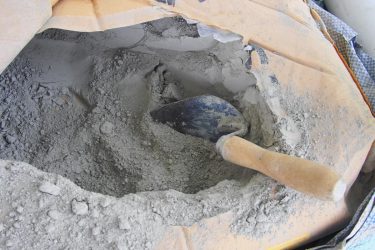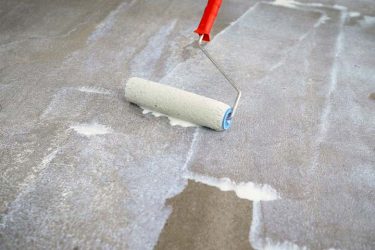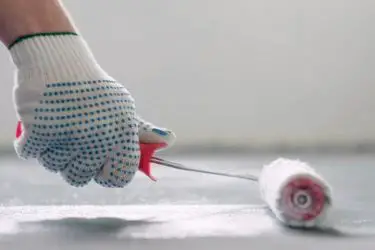Concrete is one of the most versatile and popular building materials on Earth. We can build sidewalks, driveways, houses, floors, patios, and more structures that are strong enough to last a long time. When wanting to make your own project out of concrete, the first worry is usually the price; how much will you need to spend to construct the structure of your dreams. Even though concrete is a typical material to use, it can vary in cost ranging from cheap to expensive.
Concrete costs $2.83- $3.57 per square foot and with labor included it is between $4-8 per square foot. The price of concrete is dependent upon the desired thickness and type of concrete needed for a project. The cheapest type of concrete is modern concrete while the most expensive is high-performance concrete.
There are all different kinds of concrete and each kind can cost differently based on its intended use. To know how much it will cost to buy concrete, you’ll need to know what kind of concrete is needed.
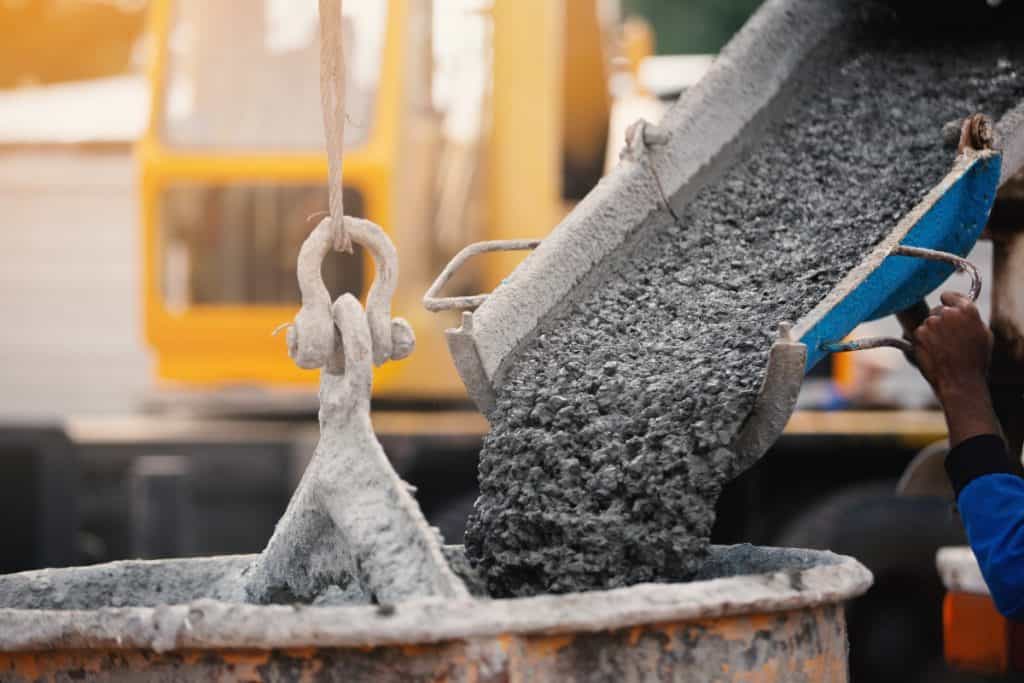
Table of Contents
Types Of Concrete
Hydraulic and Non-Hydraulic Concrete
Every kind of concrete can fall into one of these two categories: hydraulic and non-hydraulic. Hydraulic concrete is what is most used in projects these days, although non-hydraulic concrete is used for certain projects.
Hydraulic cement is made from a mixture of limestone, clay, and gypsum powder cement which gives the concrete its strength and ease to be manipulated.
Hydraulic cement is preferred more because it can be used for underwater projects as it can harden and gain strength while in wet conditions. This means that no matter the kind of weather condition, this type of concrete can be poured and it will harden with ease.
Furthermore, the rate at which this type of concrete gains strength is faster than non-hydraulic concrete, making it more popular to use so people can start using the concrete for its purpose sooner.
Non-hydraulic concrete was the first kind of concrete to be invited. Comprised of lime gypsum plasters, and oxychloride, this kind of concrete takes a longer time to dry and set, especially in wet conditions.
Non-hydraulic concrete needs very dry conditions so that it can properly set and dry. This kind of concrete is used best in indoor projects due to the specific conditions it needs to gain strength and live up to its intended lifespan and use.
Modern Concrete
Modern concrete, also known as regular concrete, is the kind of concrete usually found at home improvement stores. This is the most popular type of concrete because it is strong (1480 to 4,000 psi) and easy to work with. A good example of this type of concrete is Portland cement mix combined with water and aggregates.
Modern cement is strong against cracking and shrinking, but it is weak against chemicals. regular concrete is known to get mold and spall when exposed to water for long periods of time.
This kind of concrete can be used for a number of mundane, everyday projects ranging from fence posts to driveways and even used to patch up old concrete.
Since modern concrete is by far the most accessible and used type of concrete, it is very cheap. It costs less than 4 cents per pound for the modern concrete mix.
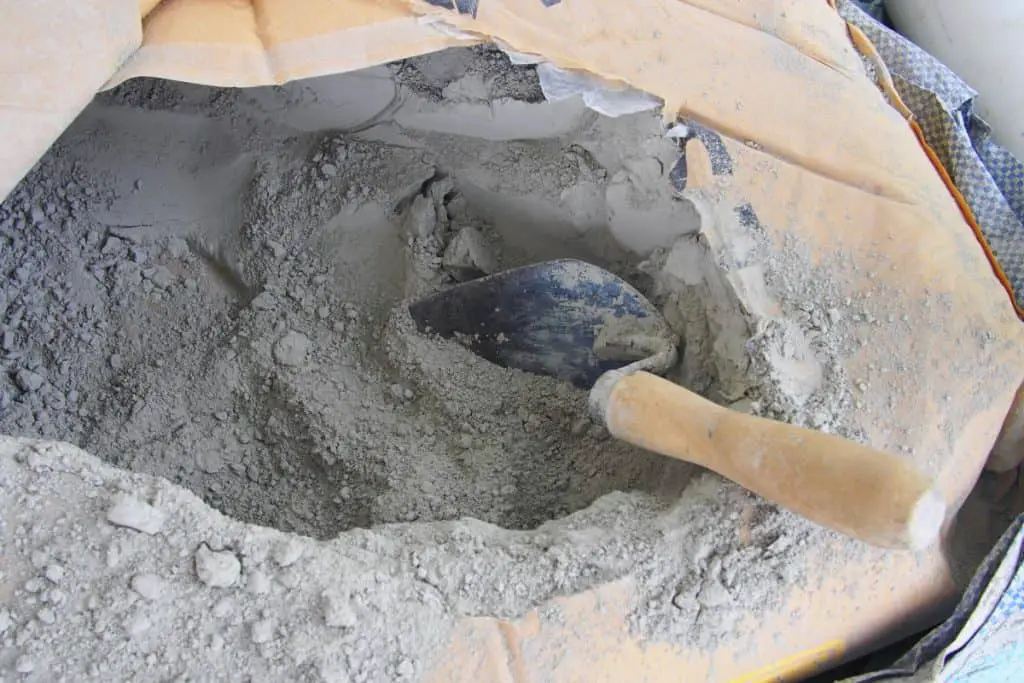
- Ash Grove 92.6 lb. Portland Type I/II/V Cement Concrete Mix for $11.97
- Lehigh 94-lb l/li Cement for $16.70
- Quikrete 50 lb. Fast-Setting Concrete Mix for $5.48
High Strength Concrete
High strength concrete is concrete that has been modified to be able to support anything over 6,000 psi (pound-force per square inch). This kind of concrete has silica fume added to strengthen the chemical bonds found in the mixture.
Due to the use of silica fume in the concrete mixture, the drying time is sped up in the mixture. This can lead to a lot of complications in the application process, so a superplasticizer will need to be added to the mixture to slow down the chemical reaction that makes the concrete dry. This additive will ensure that there is enough time to properly apply and smooth out the concrete before it begins to set.
Different and stronger aggregates are used to improve the toughness and durability of high strength concrete. Even though this substance consists of different ingredients than normal modern concrete, it is still pored and handled the same as modern concrete.
High strength concrete is very resilient under many forces due to its added support in the mixture. This type of concrete is common in projects dealing with foundations and other high-stress areas like footers.
- SAKRETE PSI 6000, 30 KG for $9.73
- Quikrete 10 lb. Quick-Setting Cement Concrete Mix for $8.22
- SAKRETE 5000 Plus 80 lb. Concrete Mix for $6.35
High performance Concrete
High-performance concrete isn’t truly known for its capacity to withstand heavyweight, but it is more known for its ease in application. While its resistance is weaker, it certainly does not sacrifice on how easy it is to pour or its toughness. This type of concrete is very durable in different weather conditions.
This concrete is fairly new, but it is also known for its density, early age strength, and volume stability. A lot of high strength concrete is also considered high performance, but not all high-performance concrete is high strength.
Ultra high Performance Concrete
In the same vein, ultra-high-performance concrete can also be used in projects. This type of concrete has the same properties as high-performance concrete, with the added fact that it is made to withstand up to 29,000 psi.
This type of concrete is made from Portland cement, silica fume, quartz flour, and fine silica sand. Based on how strong it needs to be, more substances can be added, like different kinds of steel or organic fibers, to increase the durability.
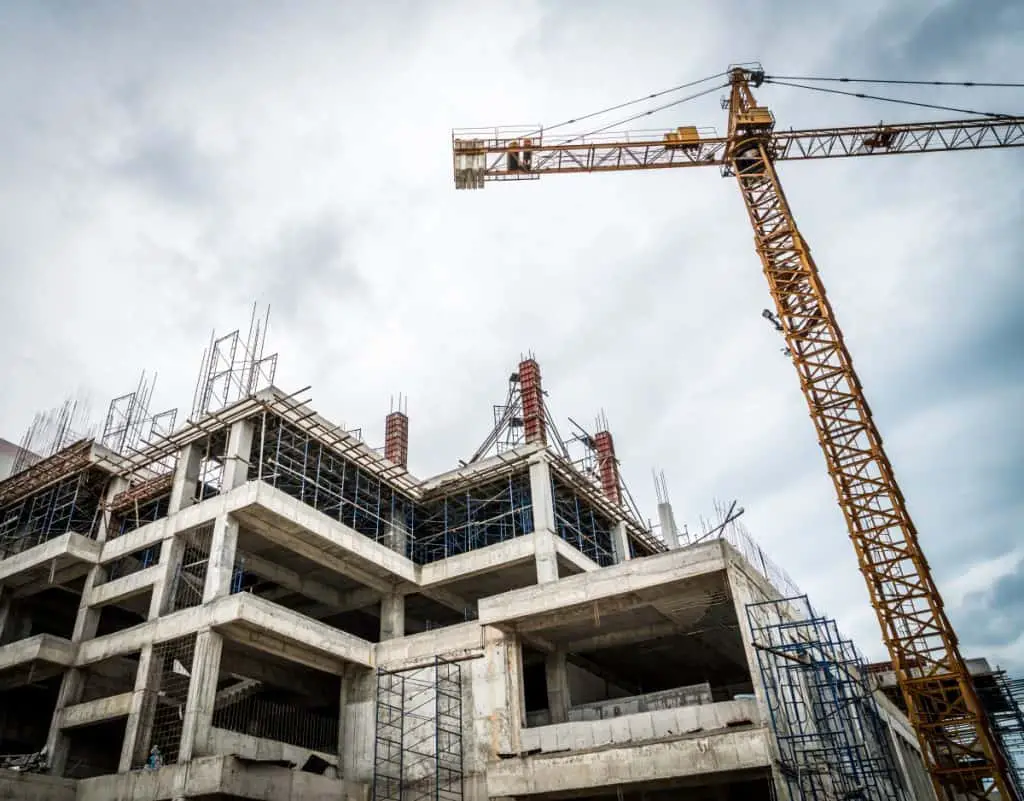
Due to the strength caused by the fine powder that makes up the concrete mix, steel rebars, or reinforcements, are not needed to be placed before pouring the concrete. These steel rebars usually provide even more support to the project, but since steel is used in creating this type of concrete, it is not needed.
While it is a new type of concrete, it is being used in many projects to sustain large weight areas.
The price for both high and ultra-high-performance concrete is $2,000 per cubic yard.
Vacuum Concrete
Vacuum concrete is very similar to modern concrete, but it is processed differently to provide stronger bonds and increased density.
In the mixing process of the concrete, steam is added to the substance to help remove air bubbles later in the process. Once the concrete is poured, the steam will convert into the water, which will be removed by running a vacuum over the surface, which will create a low pressure on the top of the concrete’s surface. This pressure will cause the air bubbles in the concrete to be released, forming a denser substance.
This process of removing the water from the surface of the concrete and making it stronger and denser is called vacuum dewatering.
Vacuum concrete can have up to 25% more strength than normal concrete. It also has about 20% more strength in these chemical bonds.
This kind of concrete bonds surprisingly well to old concrete and can be used for a variety of projects, but especially for repairing and patching old projects that haven’t stood the test of time too well. Vacuum concrete is especially good to use in projects that require difficult molds due to its more liquid consistency when pouring.
Another perk of using vacuum concrete is the fact that after the dewatering process is done, the concrete is completely dry and able to be stood on.
The price of vacuum concrete isn’t easily answered. “There is no ready answer to this question since the total time is taken to place and finish a slab when vacuum dewatering is used is generally less than that required to place and finish one by usual methods” source. To buy the actual machine to dewater the concrete yourself, it costs around $6,000-$7,000.
Stamped Concrete
Stamped concrete is more of an architectural addition to space. Once the concrete is laid, a mold, or stamp, is applied to the surface of the concrete to give it a different finish.
The post popular type of finish is a stone-like or brick one. Dyes and other pigments can be added to the surface of the concrete while it is being laid to help give it the appearance of another kind of stone or material.
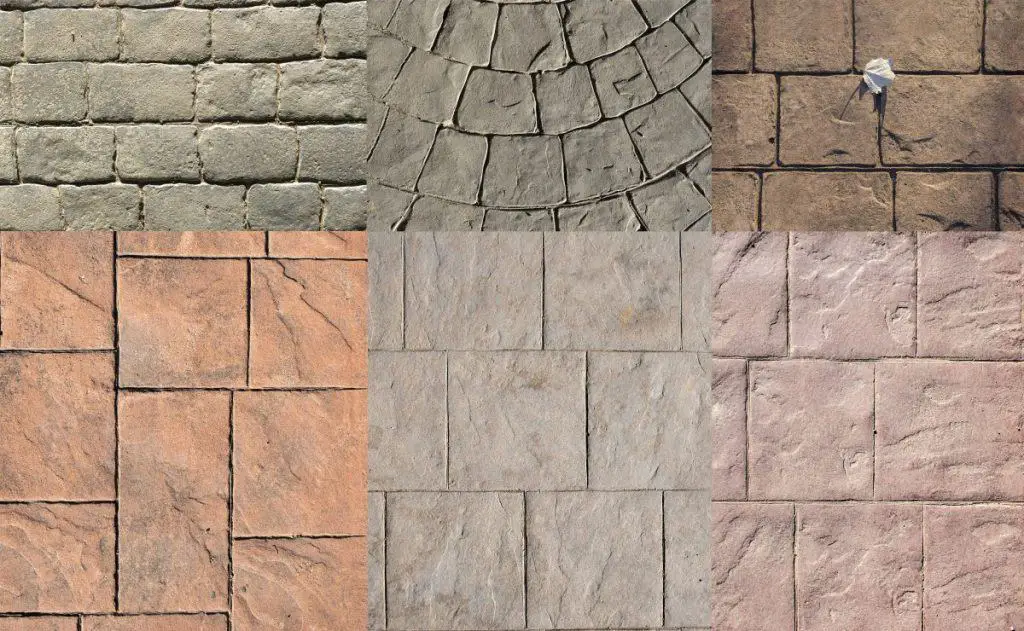
Due to the versatile characteristics of this kind of concrete, it is favored to add flare to a walkway, backyard, parking lot, or even inside of a house. Stamped concrete gives a very attractive finished texture. To ensure the longevity of this type of concrete and to also protect the stamped surface, it is generally sealed.
The price of stamped concrete is $8-12 per square foot.
Self-Consolidating Concrete
Self-consolidating concrete is made to eliminate the issue of needing to release the air bubbles that might be trapped in concrete. This type of concrete is formulated to release the air bubbles trapped in the concrete as it is drying, leading to denser concrete. This concrete is easily workable and it essentially compacts itself.
Another benefit of using this type of concrete is that the aggregates in the concrete don’t segregate from the cement mixture found in the concrete. This means that the different substances that make up the mixture make the concrete itself much easier to manage and work with.
This concrete can be poured into any mold and easily cover small nooks and crannies that are much more difficult for other kinds of concrete to sink into.
Self-consolidating concrete also saves money and labor. It is more fast, easy, and cheap to apply than other concrete due to its different chemical makeup making it simple to manipulate. This kind of concrete also saves a whole other step, vibrating the concrete to release air bubbles, that would cost labor and time to do.
The price of self-consolidating concrete can range from $10 to $15 per square yard although it is not unusual to see it be sold at $30 per yard.
Shotcrete
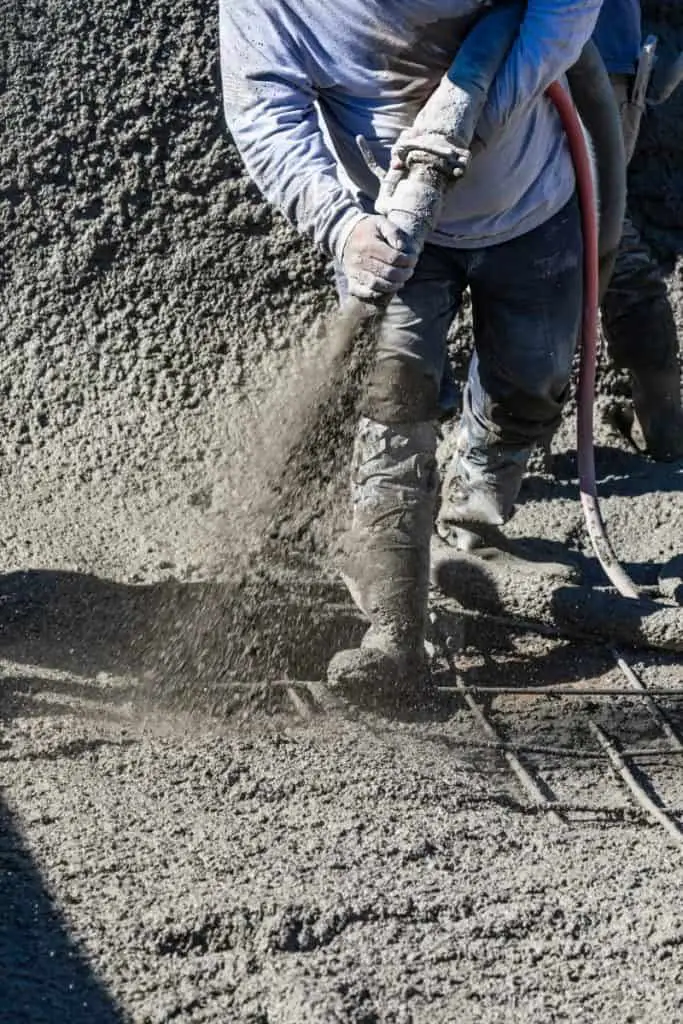
Shotcrete is a type of concrete that uses an air pump to shoot concrete into a mold. This type of concrete is very useful for difficult projects that require a vertical or upside-down application. It is also used frequently in projects that deal with water, as it is very good at preventing water seepage.
Since the application of the concrete is pressurized, the compaction process takes place at the time as the application, reducing the needed step to send vibrations throughout the concrete to eliminate the air bubbles.
There are two different types of shotcrete including dry and wet mix.
The dry mix is made using two hoses with one hose that shoots the dry ingredients and another hose that injects pressurized water at the base of the nozzle. This method creates more of a mess to clean up later.
The wet mix is made by only using one hose. The hose shoots out premixed concrete that covers more surface area in a shorter amount of time.
It costs $125 per yard of Shotcrete.
Limecrete
Limecrete is a type of concrete where instead of cement used in the mixture, limestone is used. Using limestone in the concrete mixture instead of cement doesn’t weaken the concrete in any way.
Limecrete is actually better for the environment; as it sets it absorbs carbon dioxide. It is also compatible with using natural and more environmentally friendly products such as wood and hemp as fibers in the concrete.
Limecrete is also better for your longterm health due to its moisture control properties. This reduces, and eliminates, the chances of mold in the structure.
It costs about $112 per square yard to pour limecrete.

